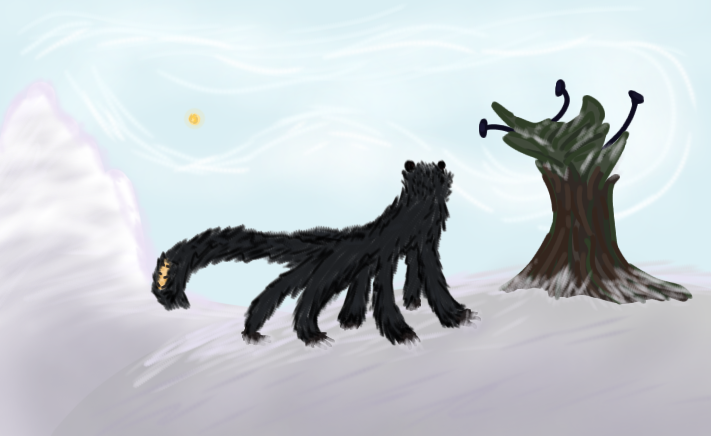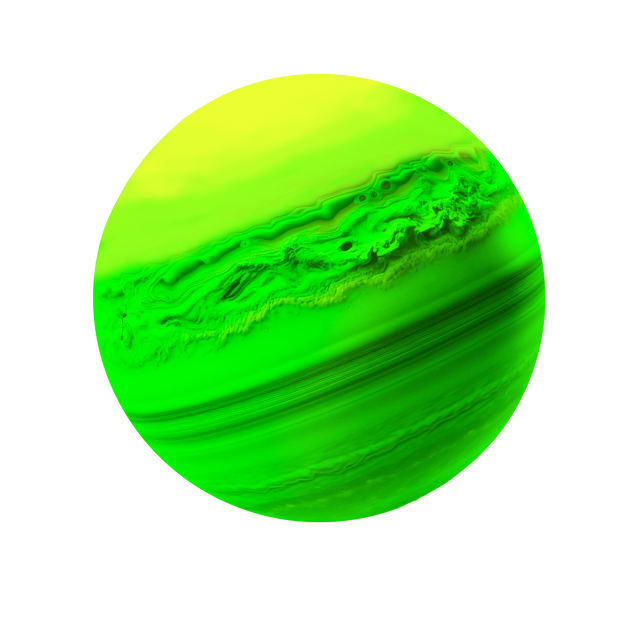HOME | DD
 qs4lin — 3. 0,6 Eccentricity
qs4lin — 3. 0,6 Eccentricity

#aliencreature #speculativeevolution #speculativebiology
Published: 2023-06-22 14:18:22 +0000 UTC; Views: 394; Favourites: 5; Downloads: 0
Redirect to original
Description
Another centuries had passed, humans terraformed Mars and Venus, and started expanding borders of their Solar republic to Jupiter’s and Saturn’s moons, which would eventually result in multicellular life on Titan. They also had discovered some life outside of their home system, each in a quite different place from their own home-planet.
While one of these new aliens roamed in blue grounded ‘forests’, another survived especially long winters. The planet they lived on still was a place for carbon-based life, being just like Earth, save for one thing: its high eccentricity. Long winters were coming and taking more than on Earth, and the temperate forest remained only at equator, but it all was compensated by short, but very productive summer.
The plants here had black and green coloration, as it was much more effective than having just one of these. The ‘chloroplasts’, which were convergent to chloroplasts in our plants, could work all year, as they were effective in collecting those photons which are more energy-efficient, and so ‘leaves’ that were green could stay at their place for several years. But ‘leaves’ which are colored black stay only for winter, emerging in autumns and falling in springs, as they didn’t reflect any photons and collected all, so plants literally exhausted themselves to death because of it. Some semelparous species also had emerged, however, collecting energy and flowering to die shortly after seeding.
Multicellular animals, which all were ancestrally endothermic, were very numerous, as this world was around 5 billion years old, like ours. Some also evolved internal skeleton, which was very same with ours in limbs, but more akin to osteoderms in other areas.
Pictured a female of a nocturnal predator species, watching for dangers. Her class is mostly oviparous, which means that they should deal with incubation. While some became viviparous, the family she belongs to overcame this a very different way: by semi-fusing their hind limbs with their tail. It allowed them to move while their eggs were incubating, and also increased speed they could move with as an additional function.

























